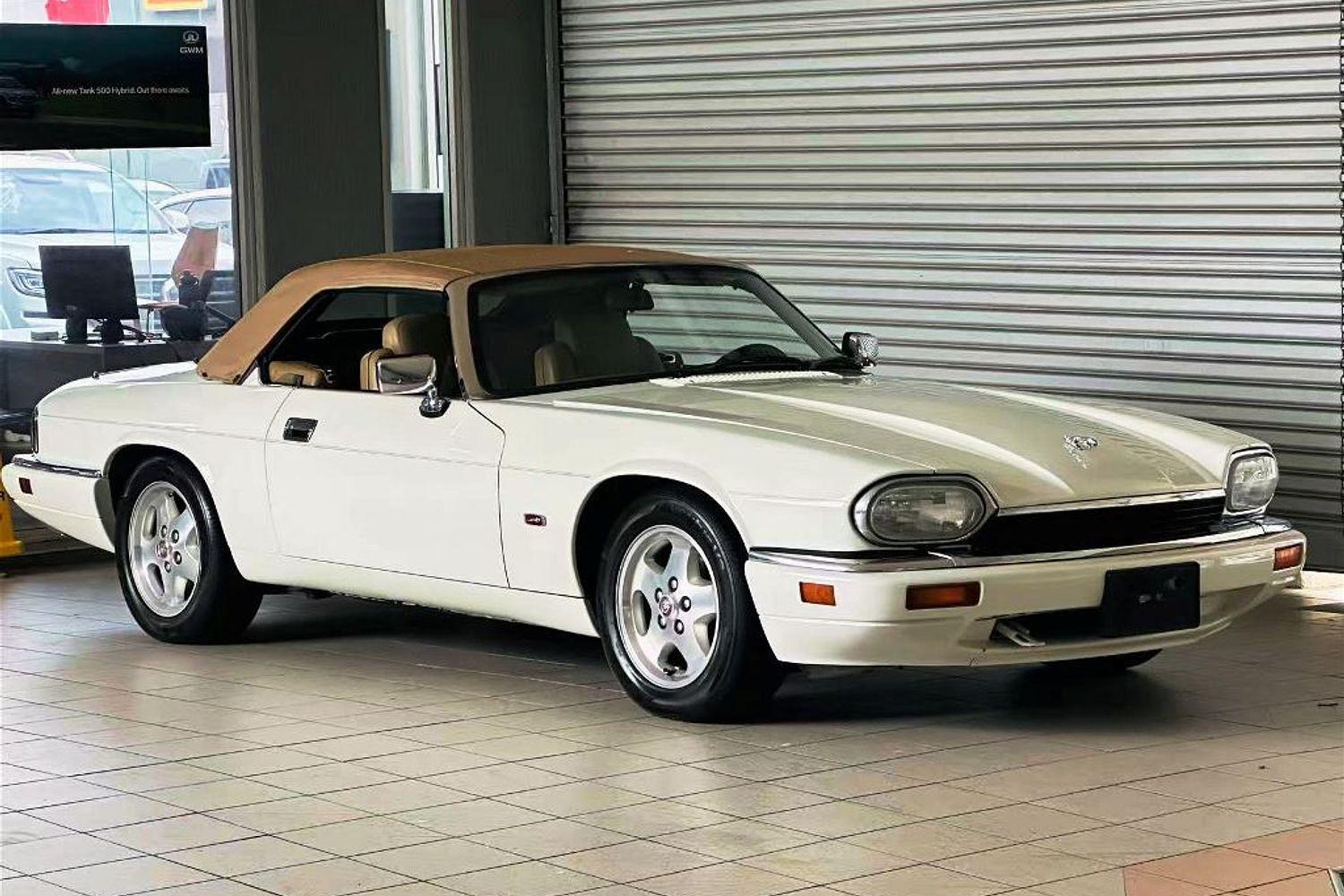Lamborghini reveals the 'Huracan'
Automobili Lamborghini says the Huracan, which carries the full name of Huracan LP 610-4, combines "pure and unique design, an innovative technology package, outstanding dynamics and excellent quality."
Starting in January, the Huracan will be presented at 130 private preview events across more than 60 cities, with a "world debut" at March's 84th Geneva International Motor Show.
Huracan - naming tradition continues
No mere reskinning of the successful Gallardo, the new Huracán has been developed from scratch down to the very last detail and, like the Gallardo and most other Lamborghini models, derives its name from the world of bullfighting. The fighting bull Huracán of the Spanish Conte de la Patilla breed was known for his outstanding courage and strong sense of attack. He fought in Alicante in August 1879, showing his unrelenting character and remaining defiant and invincible, thus entering into the legend of fighting bulls' history.
Design
Styling of the new Huracan is undoubtedly inspired by the Avantador, with sharp edges, sculptured volumes and precise surfaces. Seen in profile, the Huracan's profile is defined by a single, flowing line that merges the front with the cockpit and the rear of the car.
Along with the main headlamps, all other light functions also feature state-of-the-art LED technology as a standard feature for the first time in the super sports car segment.
Interior
The Huracan interior is trimmed in fine Nappa leather and Alcantara, with several colour combinations offered to ensure broad individualization options.
The dashboard and central tunnel design underline what Lamborghini says is "a new lightness in the interior," while "superb craftsmanship guarantees the highest quality and sense of luxury throughout."
A 12.3 inch full-colour TFT instrument panel delivers all car information to the driver, from rev counter to navigation maps and infotainment functions, and can be configured by the driver in different setups.
Chassis, powertrain, performance
The Huracan's new hybrid chassis is an integrated structure of carbon fibre and aluminium. Dry weight of 1,422 kg delivers an excellent power-to-weight ratio of just 2.33 kg/hp, as well as race-car precision with outstanding stiffness.
The new 5.2 litre V10 engine delivers a maximum power of 448 kW / 610 HP at 8,250 rpm and a maximum torque of 560 Nm at 6.500 rpm. New ''Iniezione Diretta Stratificata'' (IDS), direct and indirect gasoline injections are combined to deliver increased power and torque, but with lower fuel consumption and emissions compared with the Gallardo V10 engine.
Top speed of over 325 km/h and the acceleration from 0 to 100 km/h in 3.2 seconds is claimed. Thanks to Stop & Start technology, combined fuel consumption has been reduced to 12.5 litres per 100 km (290 g/km CO2 emissions), making the Huracan's V10 compliant with EU6 emissions standards.
The Huracan's transmission is a new 7-speed ''Lamborghini Doppia Frizione'' (LDF) dual-clutch transmission, which delivers the V10's grunt to the road via a fully electronically controlled four-wheel drive system.
Driving
Three different driving modes of the Huracan can be selected via a driving dynamics selector switch in the steering wheel; from traction-oriented on the road (STRADA) to extreme performance on the race track (CORSA), while SPORT mode is midway between the two.
The three different modes ensure extensive modification in road behaviour. In particular they influence the set-ups of several systems, including the gearbox and engine performance, exhaust sound, the four-wheel-drive system and electronic stability control.
Carbon-ceramic brakes are standard, while ''Lamborghini Dynamic Steering'' variable ratio steering and magneto-rheologic suspension damper control are both available as options. The calibration of these extras is adjusted via three different dynamic set-ups.
First deliveries of the Lamborghini Huracan are expected in the (northern hemisphere) spring, 2014, with Australian deliveries likely to start late in the year, or even early 2015.



















